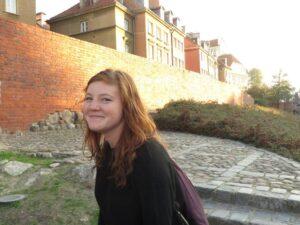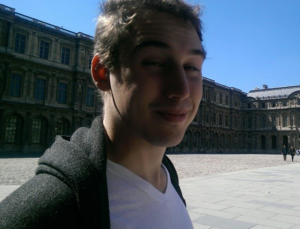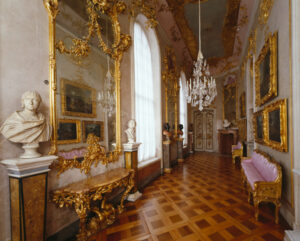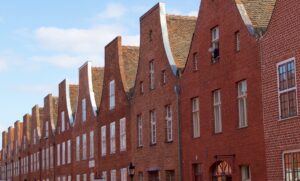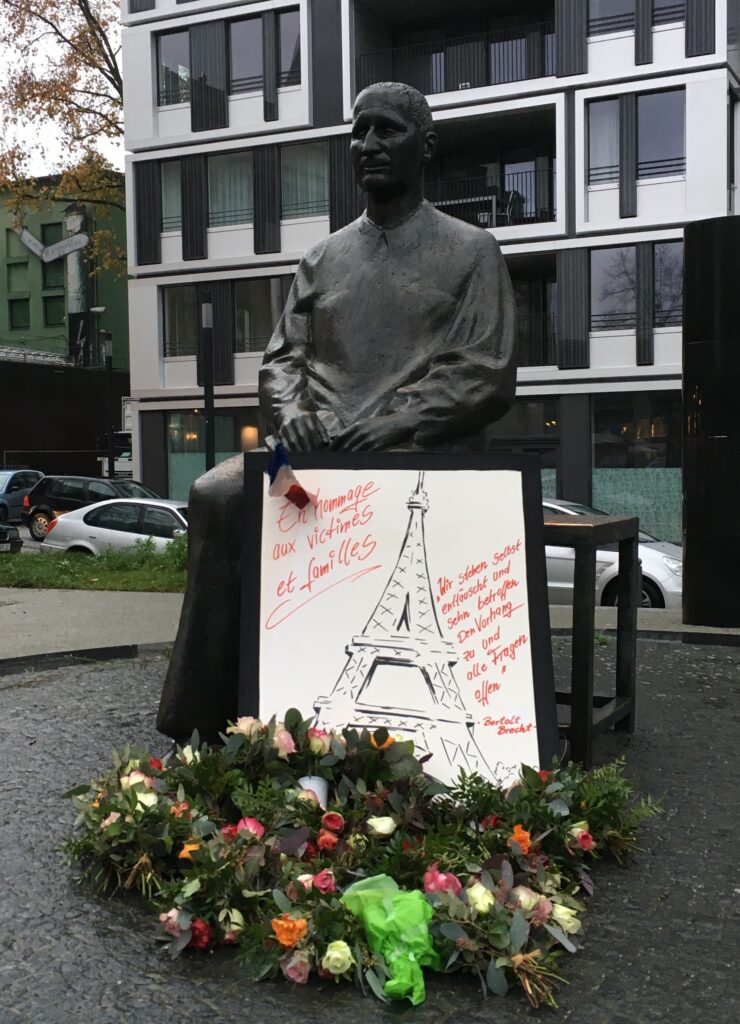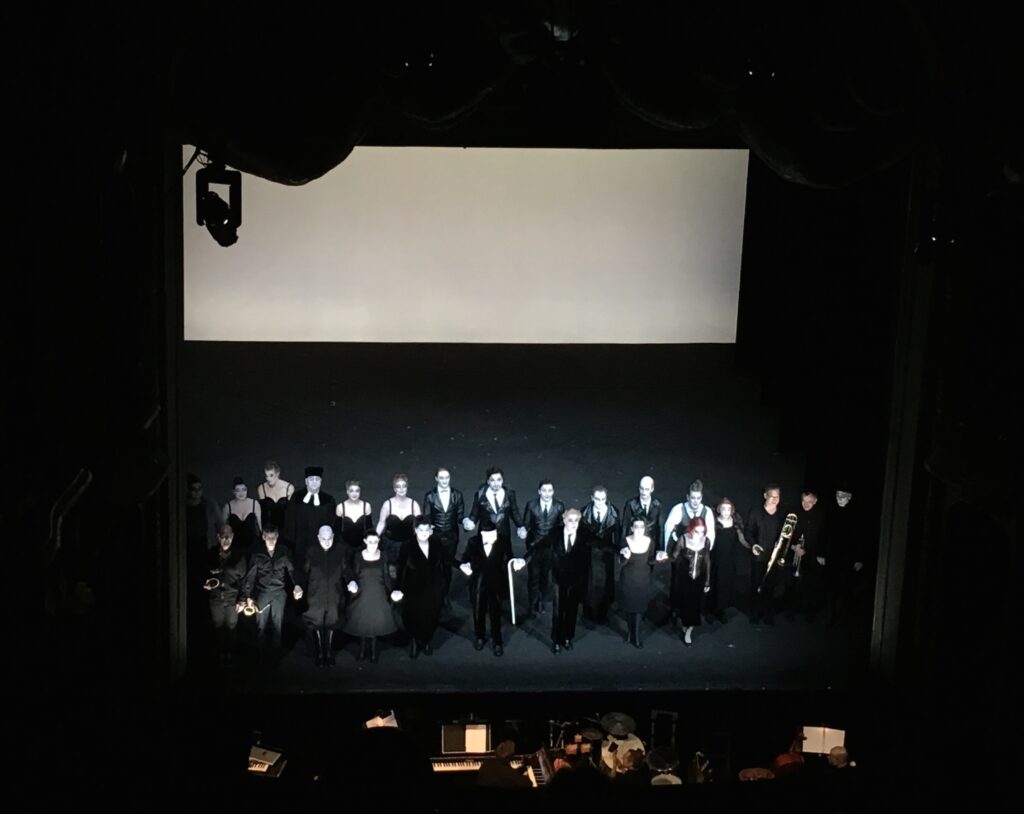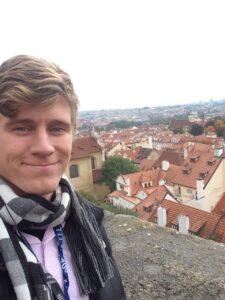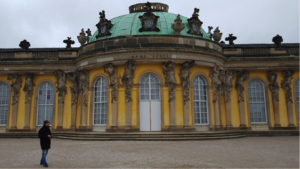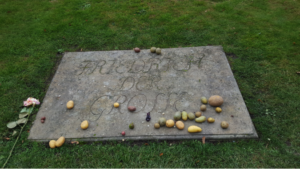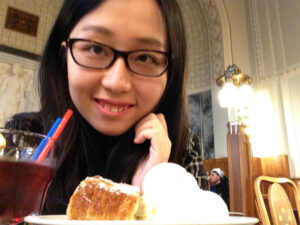Author: Nayon Park (’18)
It is somewhat troubling to learn that there is a 176-page book, written with just one word some hundredfold, let alone a stage play based on it. Herbert Fritsch’s “Murmel, Murmel”, showcased at Volksbühne on 16 November, had no other word but one – “Murmel”, to mumble. After the original work “Murmel” by Dieter Roth, a prolific experimental artist of the 20th Century, Fritsch staged what is known to have largely been inspired by his LSD trip. While at many points baffling, the production allowed ample room for the audience for an theatrical experience that ranged from being downright entertaining to taking away a reflective note for self.
Walking in with the director’s biggest inspiration for the production in mind, it could almost be expected that the play was not going to impart an ambitious message. Indeed, the reaction of the audience spoke to how (not) seriously the play was taken. The light-hearted, comical tone was set from the beginning with the spotlighted appearance of a man dressed in a suit, who became both the conductor and the only musician in the show. Insistently making his way through the front row, he was already breaking into the “fourth wall” to immediately highlight the significant role of audience involvement in the play. The stage was quickly filled with several screens of vibrant colors and bright red light. How the colored screens were moving across and back and forth the stage created an illusion that resembled a kaleidoscope, inviting the audience to an exclusive experience Fritsch intended to stage with no other prominent plot. Continue reading “Murmel Murmel” – reviewed by Nayon Park (’18)

